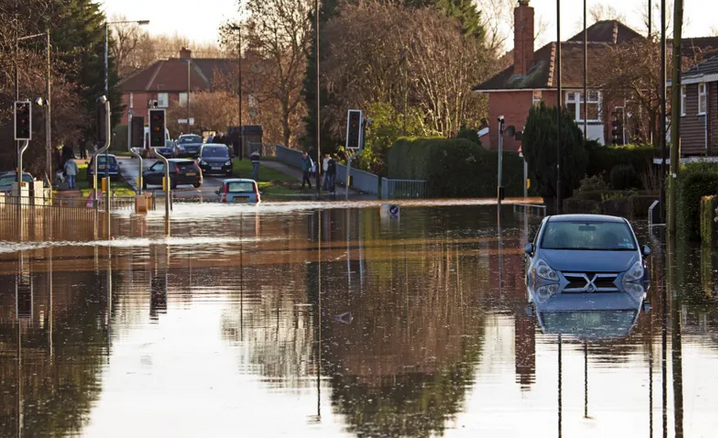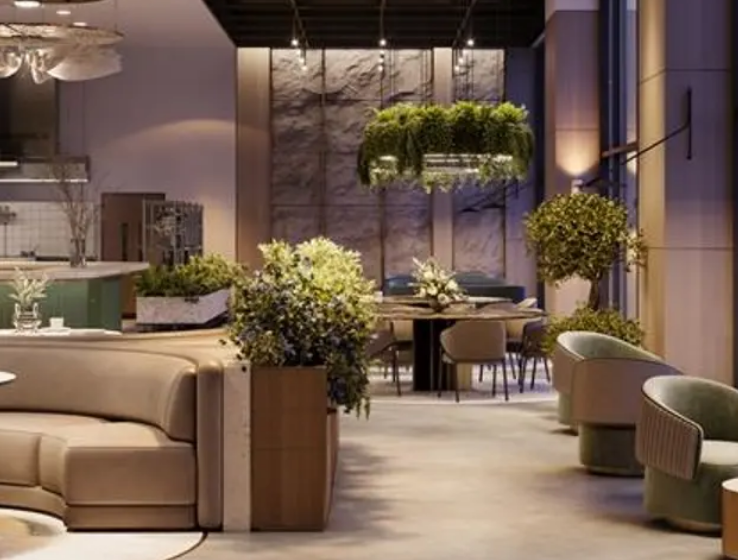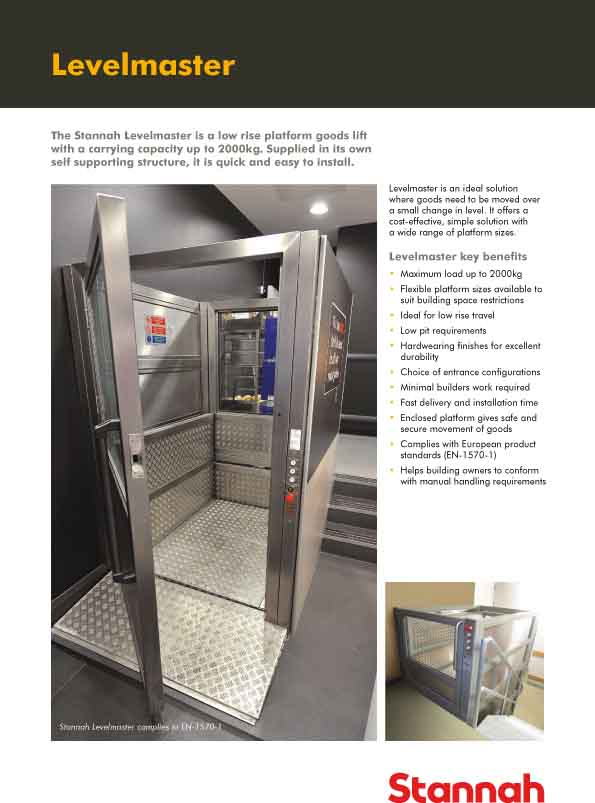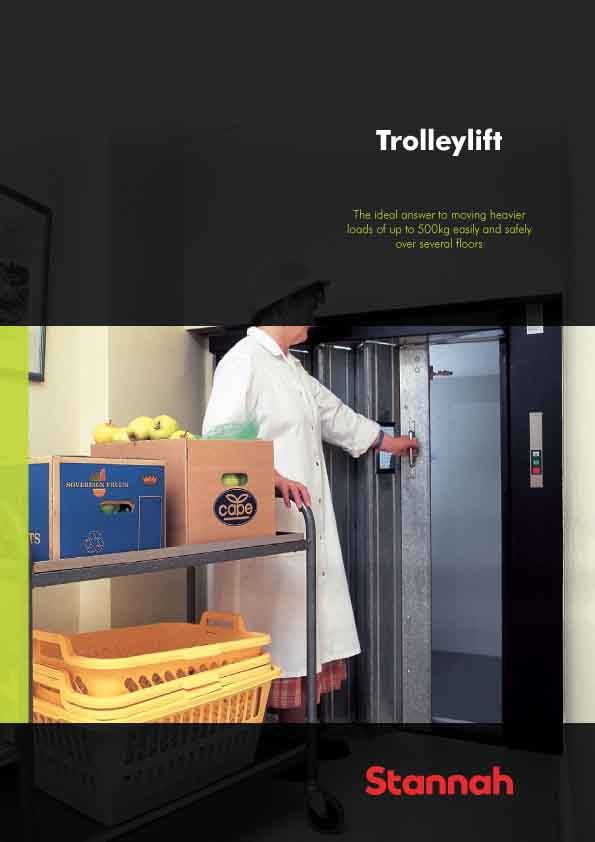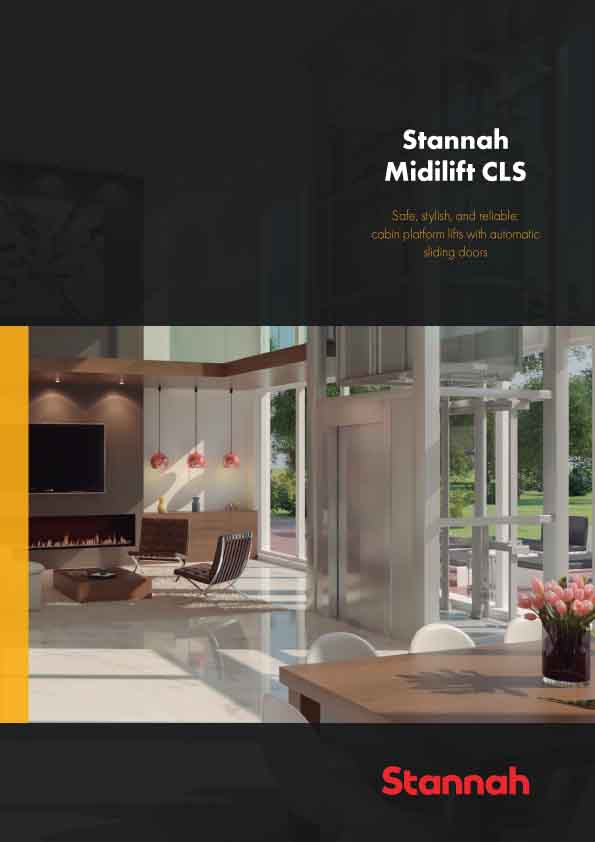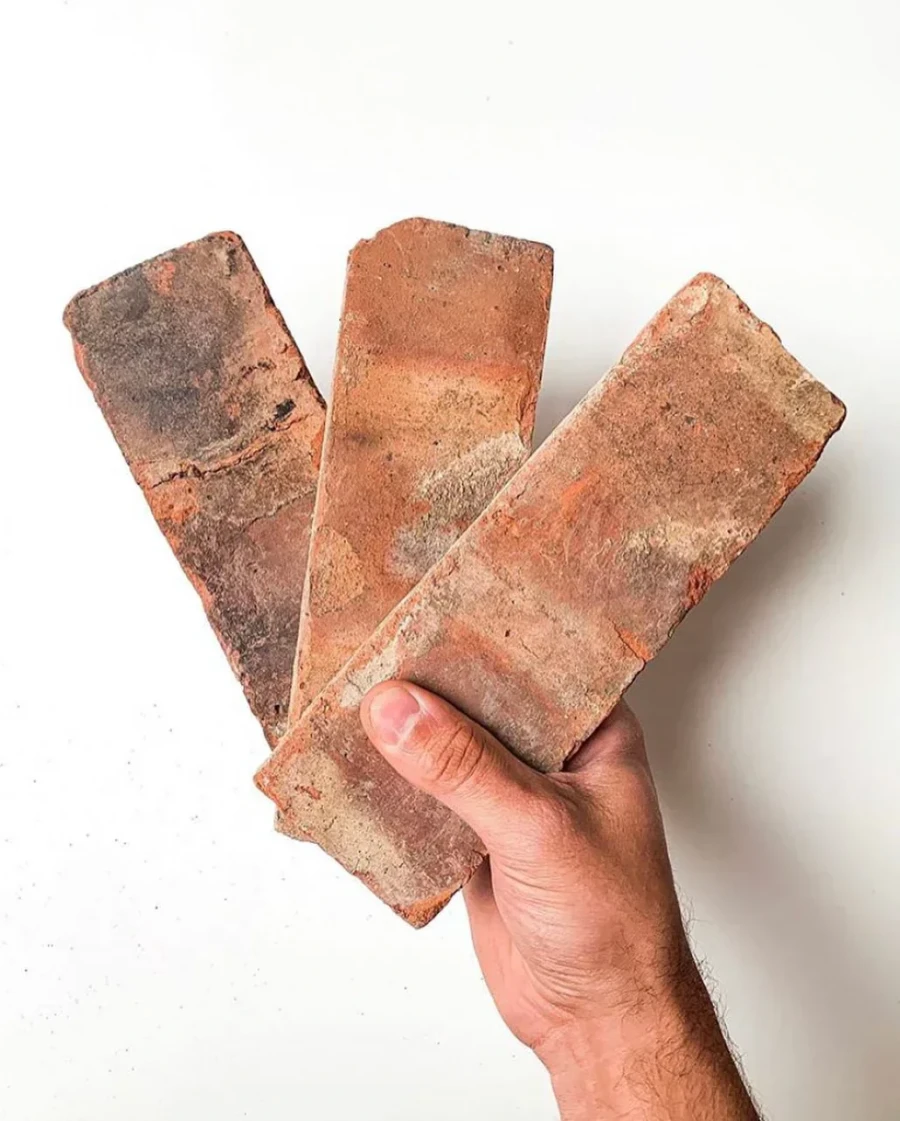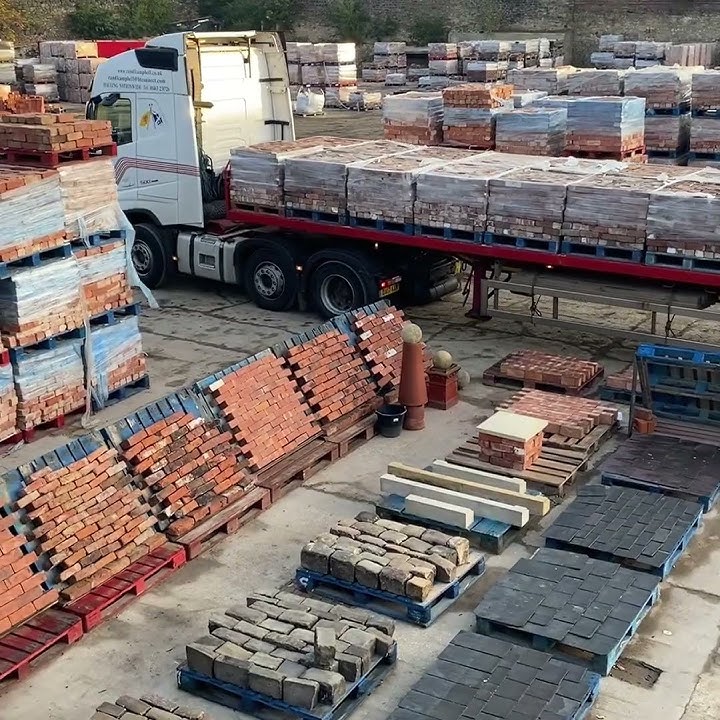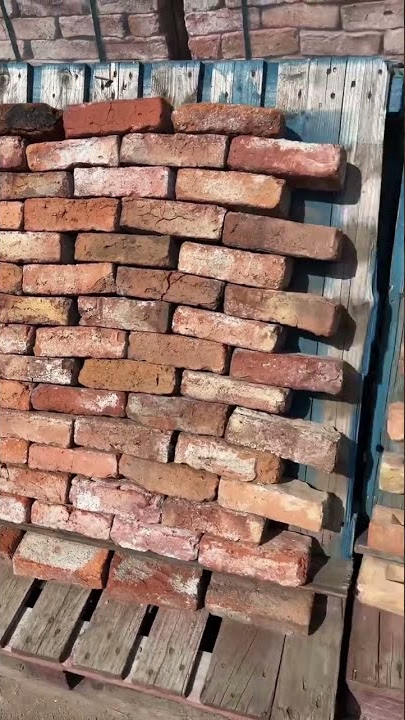Achieving a decarbonised steel industry needs a level global playing field, steered by clear policies from governments, and action from the construction sector.
To help policymakers and the construction sector achieve decarbonisation and reduce emissions, the Institution of Structural Engineers (IStructE), the British Constructional Steelwork Association (BCSA), and Climate Group’s SteelZero initiative have published a report titled “The role of scrap in steel decarbonisation: key facts and considerations for the construction sector”.
The paper recommends that policy, investment, and incentives must focus on “dual decarbonisation”: simultaneously decarbonising primary steelmaking that uses iron ore, as well as recycling scrap steel. It warns that focussing on recycling alone will be insufficient to decarbonise global steelmaking by 2050, as required by international law.

Steel decarbonisation is essential as the steel industry accounts for 7-9 per cent of global carbon emissions, with some two billion tonnes of steel are produced annually. Around half of this is used by the construction industry.
More than two-thirds of all steel is currently ‘primary steel’, where the main production ingredient is iron ore. The remaining quantity is ‘secondary steel’, produced mostly from recycled ferrous scrap.
While many in the steel sector are demanding an increase in the rate of recovery and recycling of ferrous scrap, the paper emphasises that this rate is already very near its maximum limit and cannot be relied upon to increase substantially to meet future demand. It argues that primary steelmaking will therefore play a major global role for decades to come, and must therefore also be decarbonised, if the overall steelmaking industry is to reach net zero
The paper calls this a ‘dual decarbonisation approach’: simultaneously decarbonising both primary and secondary steelmaking.
To decarbonise primary steelmaking, the paper calls on low-and zero-carbon iron production to ramp up rapidly. To decarbonise secondary steelmaking, it says electricity grids must decarbonise, and scrap metals must be better sorted, to minimise energy use when recycling.
Will Arnold, Head of Climate Action at IStructE says: “Ninety per cent of the steel industry’s greenhouse gas emissions come from primary steelmaking. Because the world will rely on primary steel for many decades to come, it is of utmost importance that this becomes a decarbonisation focus. All the technical solutions already exist, such as zero-carbon iron production; now the industry must accelerate the transition.”
Sameen Khan, Senior Manager, SteelZero, Climate Group, adds: “This report makes one thing clear – we can’t recycle our way to net zero. While best practices in circularity like improved scrap segregation and increased recycling must continue, they’re not enough on their own. It’s crucial we tackle the decarbonisation of primary steel to avoid locking in emissions for decades. At SteelZero, we see businesses ready to demand low emission steel. But they need reliable signals from government and industry to shift procurement at scale.”
Dr Michael Sansom, Sustainability Director, British Constructional Steelwork Association (BCSA) concludes: “Steel has a vital role to play to deliver low-carbon and renewable energy infrastructure both in the UK and globally. The only way to meet this growing demand and achieve net-zero, is by following a dual-decarbonisation approach as set out in this report. The whole supply chain needs to work together to facilitate this transition which is a global challenge requiring a fair and equitable global solution.”
The report recommends that designers and specifiers:
- agree with clients a steel procurement and design approach that reduces global GHG emissions while also reducing project emissions;
- procure steel from producers aligned with dual decarbonisation commitments;
- make low carbon decisions by minimising the use of materials as far as possible through the concepts of material efficiency and the circular economy.
Policymakers are advised to:
- invest in low-carbon iron and steel production technologies such as green hydrogen and DRI (Direct Reduced Iron);
- research ways to normalise emissions reporting to account for the limitations of using globally constrained materials, and create simple mechanisms to help industry more easily adopt this approach;
- prioritise policies for the efficient use and reuse of steel.
https://www.istructe.org/events/hq/2025/the-role-of-scrap-in-steel-decarbonisation/








